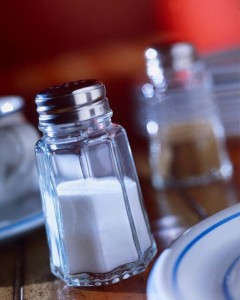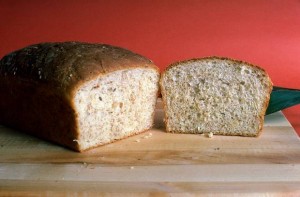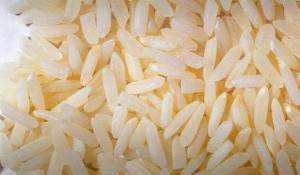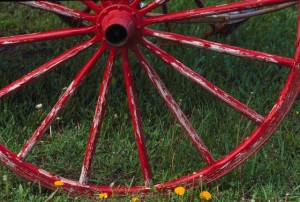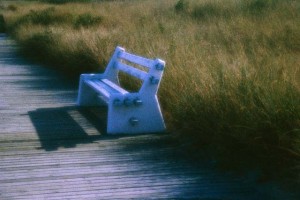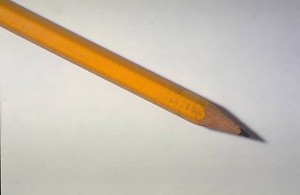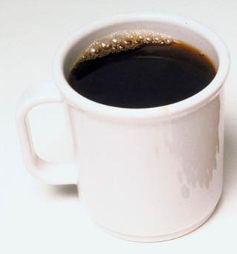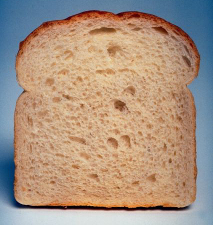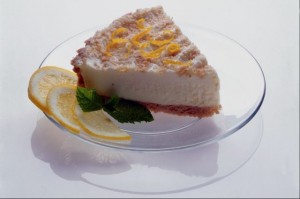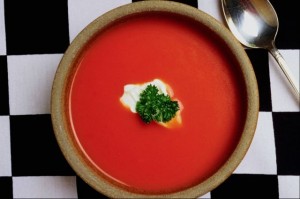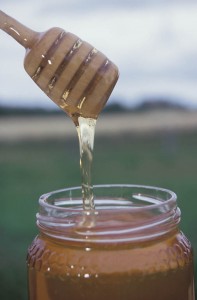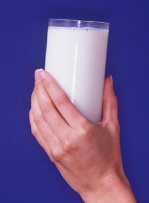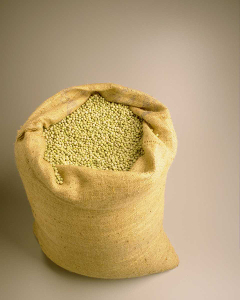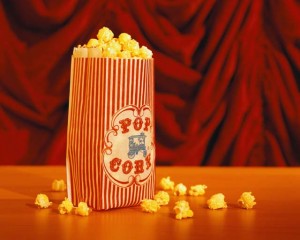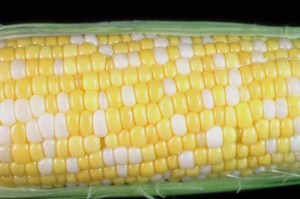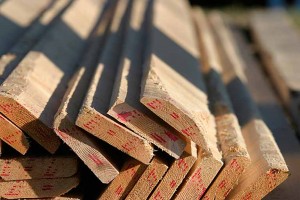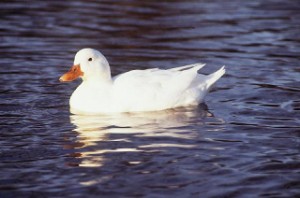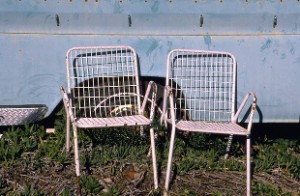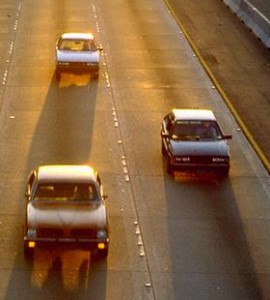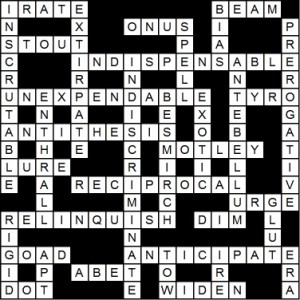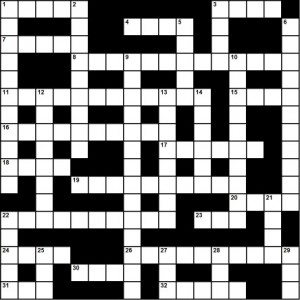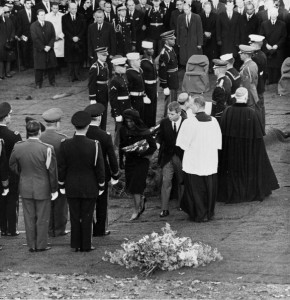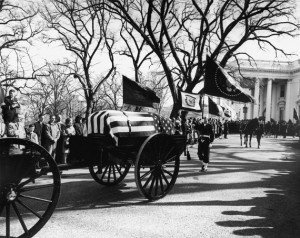When we talk about the singular form of a noun, we are talking about only one thing. When we talk about the plural form of a noun, we are talking about two or more things.
Pattern – plural forms have different spellings:
Usually, a plural form is spelled by adding –s to the end of the noun:
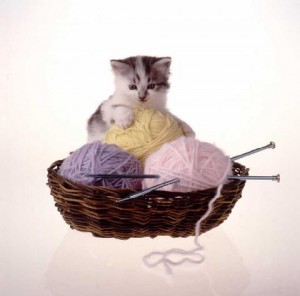 One kitten |
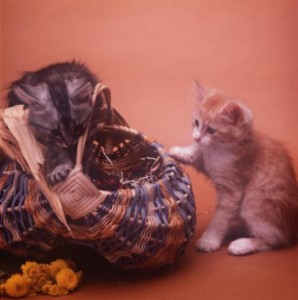 Two kittens |
|
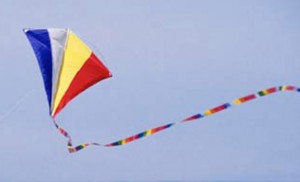 One kite |
 Two kites |
Nouns that end in –s, –sh, –ch, or –x form the plural by adding –es:
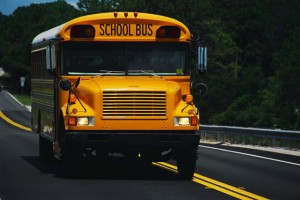 One bus |
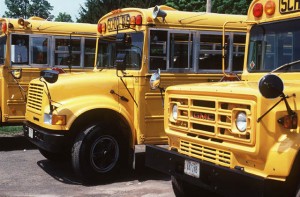 Three buses |
 One dish |
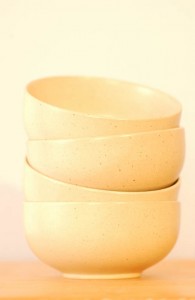 Four dishes |
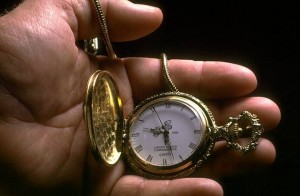 One watch |
 Three watches |
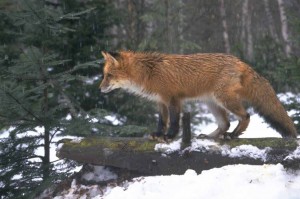 One fox |
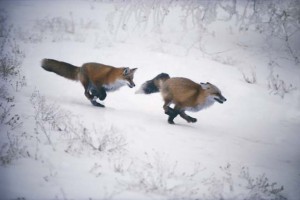 Two foxes |
Nouns that end in –y (following a consonant) form the plural by changing the y to i and adding –es: –ies:
 One baby |
 Two babies |
Nouns that end in –y (following a vowel: a, e, i, o, or u) do not change the –y to –ies. They just add –s:
 One boy |
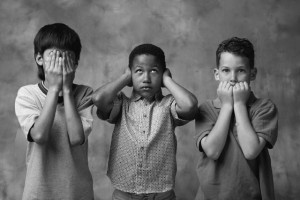 Three boys |
Nouns that end in –f or –fe change the –f to –ves:
 One leaf |
 Several leaves |
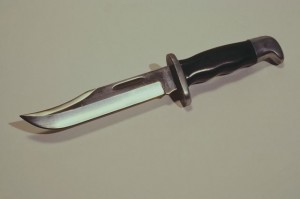 One knife |
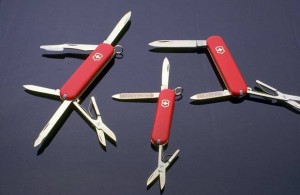 Several knives |
And nouns that end in –o form the plural by adding –es:
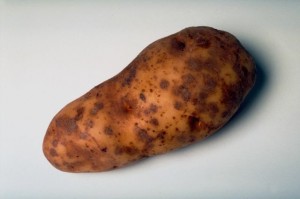 One potato |
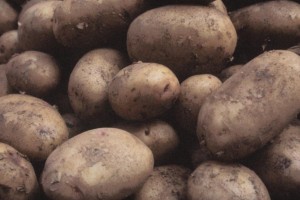 Many potatoes |
There are also nouns which have irregular plural forms.
| One child |
Many children |
| One man |
Many men |
| One ox |
Many oxen |
| One woman |
Many women |
| One louse |
Many lice |
| One mouse |
Many mice |
| One foot |
Many feet |
| One goose |
Many geese |
| One tooth |
Many teeth |
Quite a number of irregular plural forms are a result of the influence of Latin on English:
| One alumnus |
Many alumni |
| One cactus |
Many cacti |
| One focus |
Many foci (focuses) |
| One fungus |
Many fungi (funguses) |
| One nucleus |
Many nuclei |
| One radius |
Many radii |
| One stimulus |
Many stimuli |
| One appendix |
Many appendices |
| One index |
Many indices (indexes) |
| One matrix |
Many matrices (matrixes) |
| One antenna |
Many antennae (antennas) |
| One formula |
Many formulae (formulas) |
| One nebula |
Many nebulae |
| One vertebra |
Many vertebrae |
| One vita |
Many vitae |
| One bacterium |
Many bacteria |
| One curriculum |
Many curricula |
| One datum |
Many data |
| One medium |
Many media |
| One memorandum |
Many memoranda |
| One stratum |
Many strata |
| One criterion |
Many criteria |
| One phenomenon |
Many phenomena |
| One genus |
Many genera |
| One corpus |
Many corpora |
Some irregular plural forms are a result of the influence of Greek on English:
| One axis |
Many axes |
| One analysis |
Many analyses |
| One basis |
Many bases |
| One crisis |
Many crises |
| One diagnosis |
Many diagnoses |
| One ellipsis |
Many ellipses |
| One hypothesis |
Many hypotheses |
| One oasis |
Many oases |
| One paralysis |
Many paralyses |
| One parenthesis |
Many parentheses |
| One synthesis |
Many syntheses |
| One synopsis |
Many synopses |
| One thesis |
Many theses |
Even French influence can be seen in a few irregular plural forms:
| One beau |
Many beaux |
| One bureau |
Many bureaux (bureaus) |
| One tableau |
Many tableaux (tableaus) |
Some nouns do not change at all. Their plural form is the same as their singular form:
| One deer |
Many deer |
| One fish |
Many fish |
| One means |
Many means |
| One offspring |
Many offspring |
| One series |
Many series |
| One sheep |
Many sheep |
Certain words always have a plural construction and use a plural verb, even though they are a single thing:
scissors: Careful – those scissors are sharp.
(eye/sun)glasses: I don’t know where my sunglasses are.
pants: Steve’s pants were wrinkled.
jeans: These jeans were on sale.
shorts: Have you seen my gym shorts? I thought I put them in the dirty laundry.
pajamas: Jesse’s pajamas are full of holes.
We often use the phrase “a pair of ~”:
Have you seem my good pair of scissors?
Jack needs to get a new pair of glasses.
There’s a clean pair of pants in the drawer.
That pair of jeans doesn’t fit Tom any more.
This pair of shorts has a hole in the pocket.
Don’t forget to pack a pair of pajamas.
Certain words have plural construction because they refer to a group of persons/animals (collective nouns):
clergy: The clergy are highly respected.
people: People are so busy that they don’t have time to relax.
police: You’ll have to take a different route home – the police have blocked Main Street.
Note: When we use “couple” or “pair” to refer to people, we use plural construction:
couple: The elderly couple have been married for over 70 years.
pair: James and John go everywhere together. The pair are never apart.
Note: The collective noun “number” uses plural construction in the phrase “a number of ____,” and singular construction in the phrase “the number of ____”:
number:
A number of women are expecting babies this summer.
but
The number of students getting As in trigonometry is small.
In American English, some collective nouns are often treated as singular, whereas in British English they are treated as plural:
| audience |
class |
committee |
| corporation |
crew |
crowd |
| enemy |
faculty |
family |
| flock |
government |
group |
| herd |
jury |
panel |
| staff |
team |
|
Exercises. Write the plural of the following words.
Example:
cat ==> cats
1. cow
2. tomato
3. wish
4. child
5. thief
6. box
7. kitty
8. tooth
9. church
10. dress
11. bay
12. man
13. apple
14. story
15. wife
Exercises. Use the pictures to complete the sentences.
Example:
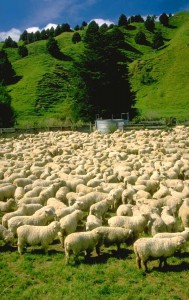
There are a lot of ________ in the pasture. ==> There are a lot of sheep in the pasture.
 1. Do you like ________ ? |
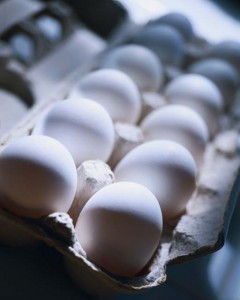 2. I had two ________ for breakfast. |
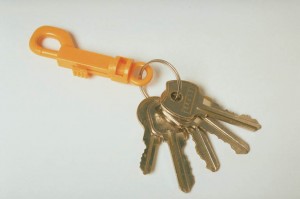 3. I have lost my ________ somewhere. |
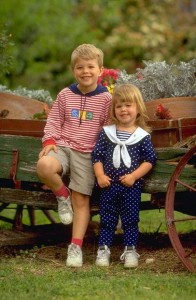 4. How many ________ do you have? |
Exercises. Rewrite any sentences that have incorrect plural forms. If no correction is needed, write “OK.”
Example:
Take these boxs and put them in the car. ==> Take these boxes and put them in the car.
All the benches in the park were freshly painted. ==> OK
1. Jack washed the dishs after dinner.
2. The department store has a fine selection of watches.
3. I have to return these bookes to the library.
4. Whenever the sun is very bright, Father has to wear a sunglasses.
5. All children like to get toyes for Christmas.
6. Your backpack is so heavy. What do you have in there – rocks?
7. Grandfather had a flock of gooses on his farm.
8. Have you seen “Snow White and the Seven Dwarfs”?
9. Mother bought me a new jeans.
10. Sticks and stones may break my bones, but names will never hurt me.
11. Would you like tomatos in your salad?
12. I don’t care for peas.
13. We need new batteries for the radio.
14. Neon is one of the so-called “noble gasses.”
15. The horse had injured one of its hoofs.
Exercises. Choose the correct word to complete the sentence.
Example:
The people (is/are) tired and hungry. ==> The people are tired and hungry.
1. The police (is/are) asking everyone to stay off the roads due to the bad snowstorm.
2. (Was/Were) there many people at the amusement park today?
3. Have you seen my sunglasses? I don’t know where I left (it/them).
4. People usually (doesn’t/don’t) realize the importance of checking the air pressure in car tires.
5. Once a month the local clergy (meets/meet) to have a prayer breakfast.
6. My shorts (has/have) a hole in the pocket.
7. Mother has (a/some) scissors in her sewing kit.
8. (Has/Have) the police caught the bank robber yet?
9. The couple (is/are) having their first baby next month.
10. Most people (is/are) confused by the new rules.
Google




